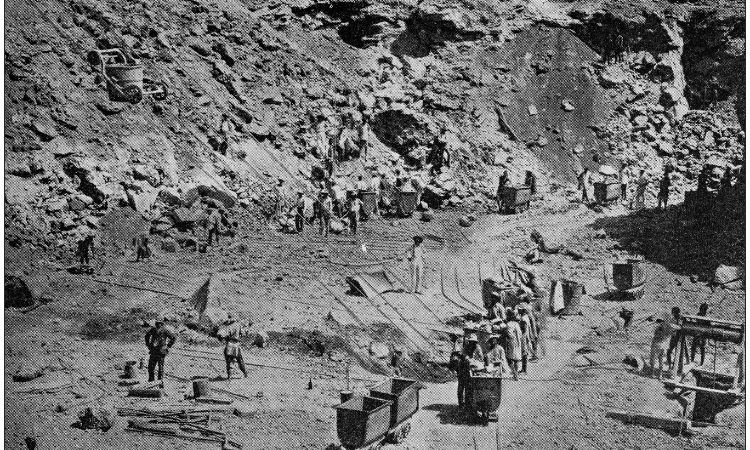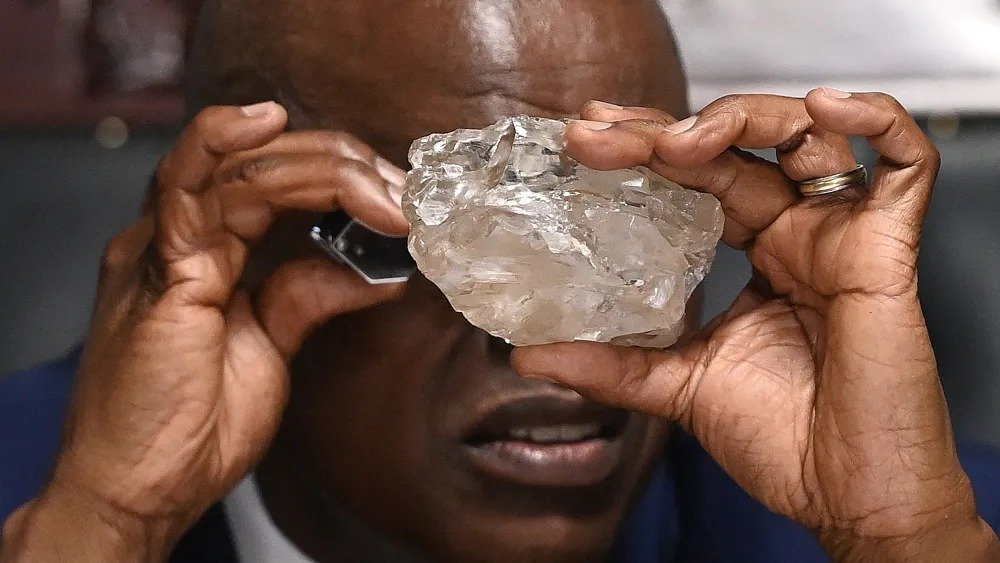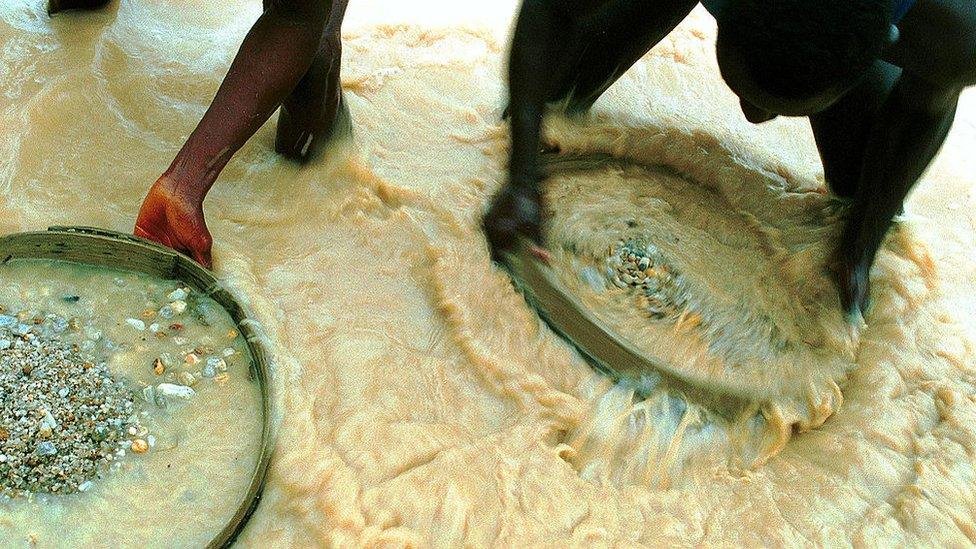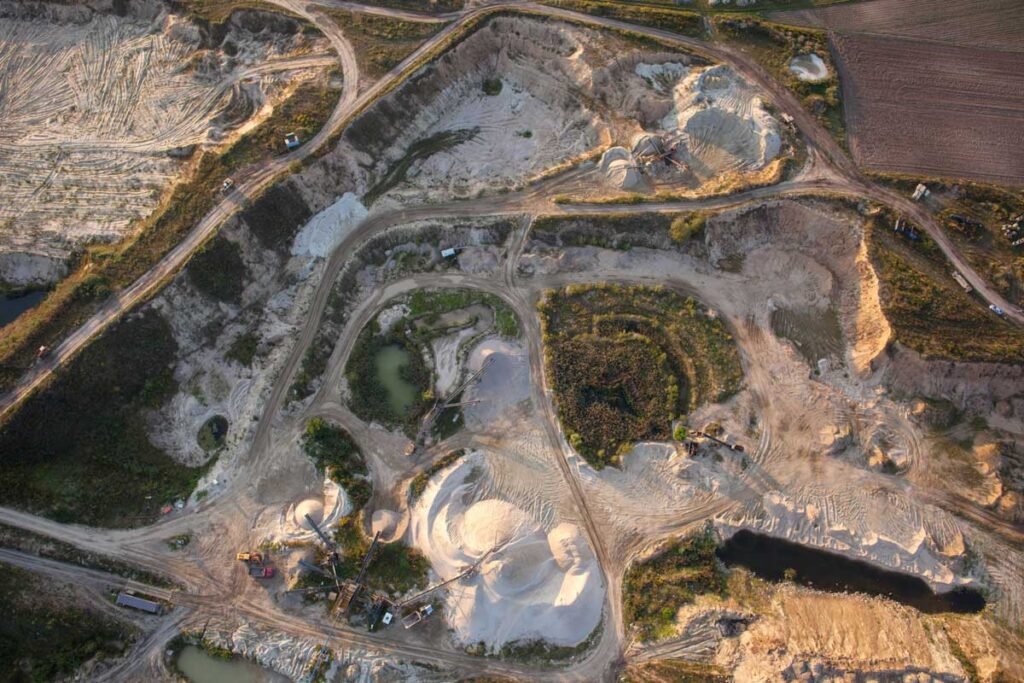Diamond Mining in Africa

Diamond mining in Africa has a long and complex history, dating back to the late 19th century, when the discovery of diamonds in South Africa sparked a global rush and laid the foundation for the continent’s role as a major diamond supplier. Over time, the industry has evolved, influencing economies, politics, and communities across the continent.
Here’s a concise but comprehensive look at the history of diamond mining in Africa, from its origins to modern-day developments.
1. Early Discoveries and the Kimberley Rush (1870s)
- 1866: The first diamond was discovered by a boy named Erasmus Jacobs on the Orange River in what is now South Africa.
- 1870s: The Kimberley Diamond Rush began, leading to the establishment of the Big Hole, one of the world’s most famous diamond mines.
- De Beers Consolidation: Cecil Rhodes founded De Beers to control the diamond trade, shaping the global market.

2. Expansion Across the Continent
- 1900s–1950s: Diamonds were found in Botswana, Namibia, Angola, and Sierra Leone.
- 1930s–1940s: Exploration expanded into Zimbabwe, Tanzania, and Ghana.
- Post-Independence Era: Many African nations took over diamond mining operations, often through state-owned enterprises or joint ventures with foreign firms.

3. Key Diamond Producing Countries
| Country | Key Mines | Production |
|---|---|---|
| Botswana | Jwaneng, Orapa | World’s largest diamond producer by value |
| South Africa | Cullinan, Finsch | Historic leader in diamond extraction |
| Angola | Catoca, Lunda Norte | Major source of industrial and gem diamonds |
| Sierra Leone | Kono, Mongbai | Known for alluvial diamond mining |
| Namibia | Epangelo, O’Kiep | High-quality diamonds, especially in coastal areas |
These countries continue to play a central role in the global diamond supply chain.
4. Impact on Local Communities and Economies
- Economic Growth: Diamond mining has driven export revenue, employment, and infrastructure development in many African nations.
- Conflict Diamonds: In the late 20th century, blood diamonds fueled civil wars in Sierra Leone, Liberia, and the DRC.
- The Kimberley Process: Established in 2003 to prevent conflict diamonds from entering the market.
Despite these efforts, artisanal mining remains a major source of income for millions, though it often lacks regulation and sustainability.

5. Modern Trends and Challenges
Current Trends:
- Sustainable Mining Practices – Increasing focus on environmental responsibility and ethical sourcing
- Technological Advancements – Use of AI, drones, and remote sensing for exploration
- Local Ownership – Push for African-led mining ventures and benefit-sharing agreements
Challenges:
- Environmental degradation from open-pit and alluvial mining
- Artisanal mining conflicts and informal trade
- Political instability in some diamond-rich regions
- Market volatility affecting small-scale miners and exporters

FAQs
Q1: When did diamond mining start in Africa?
A1: It began in 1866 in South Africa, with the discovery of the first diamond near the Orange River.
Q2: Which African country produces the most diamonds?
A2: Botswana is the top producer, followed by South Africa and Angola.
Q3: What is the Kimberley Process?
A3: An international certification scheme to prevent conflict diamonds from being sold globally.
Conclusion
The history of diamond mining in Africa reflects both economic opportunity and social challenges. From the early discoveries in South Africa to today’s sustainable and formalized operations, the industry continues to shape the continent’s development and global trade.

